Forged Japanese sword KATANA with real Choji hamon. Sharp (cut) samurai sword KATANA will find its use as a decoration, but also for active martial arts training. The steel is partially hardened and has a hardness grade of 58 HRC. An attractive and sharp blade, a saya made of hardwood lacquered glossy, plus a tsuka (handle) that is covered with genuine stingray leather, all make this katana very interesting and desirable. The katana is stored in a canvas bag. The blade of the katana is decorated with a real hamon Choji. The tip of the blade is shaped shinogi-zukuri. The blade has a sori (blade curvature) designed for the cleanest and finest cuts. Combined with the impressive hardness of the steel and the full tang construction of the katana, it is possible to easily cut through tatami, straw mats or bamboo for tameshigiri. Company Dellinger disclaims all liability for injury and damage resulting from use. Keep the katana out of the reach of children! Any handling of the samurai sword is your own responsibility. Remember, you have a deadly weapon in your hands!
Swastika
Nowadays, the swastika can be seen mainly in South Asia, where it is still an important symbol of the Hindu and Buddhist religions. In ancient times, however, it was found all over the world: it was known to Africans, American Indians, ancient Greeks, Slavs and Germans. The oldest swastika dates back to around 10 thousand years BC and was discovered in Ukraine. According to some archaeologists, it was meant to represent the dynamic flight of a stork, but there is also an opinion that it could have been a symbol of fertility.
Since the 3rd millennium BC, the swastika has been found in almost all cultures. However, each seems to have carried a slightly different meaning. In Hinduism, for example, the right-handed swastika marked the movement of the sun during the day, while the left-handed one was associated with the night and the goddess Kali. In pagan culture, it was one of the attributes of the god Zeus (Jupiter in Rome, Thor among the Germans) and signified his power and strength, as well as prosperity and good fortune.
In the days when it was not yet tainted by the Nazi regime, the swastika appeared as an "amulet" of individuals and business companies. It has even made its way into the advertising design of the Coca Cola and Carlsberg brands.
The symbol also appealed to Adolf Hitler, who apparently only learned of its discovery in Germanic lands and Greece, because he considered it to be the sign of the original Aryan superman from whom the "superior" European nations evolved. He turned the swastika 45° and placed it in a white circle symbolizing the white race. The red background colour was meant to remind us of social reforms. In 1920 the NSDAP flag was born, which 16 years later became the only flag of the German Reich.
It was actually just an irony of fate that the swastika was so demonized because of Nazism - in fact, its rich appearance in all corners of the world unites not only Greeks and Germans, but all cultures, races and religions.




_-_edited.png)

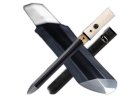
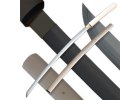
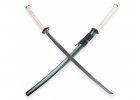
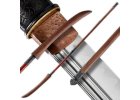

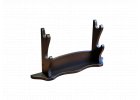

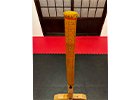
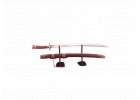
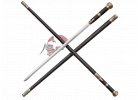

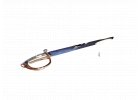

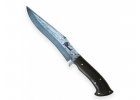
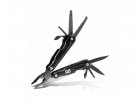
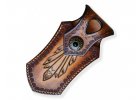
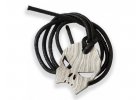
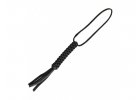
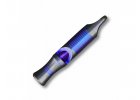
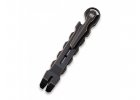
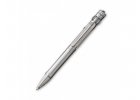


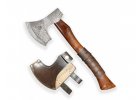


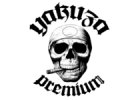
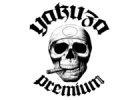
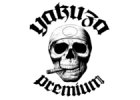
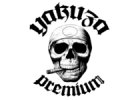
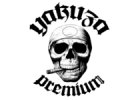


Be the first who will post an article to this item!
Only registered users can submit posts. Please log in or sign up.